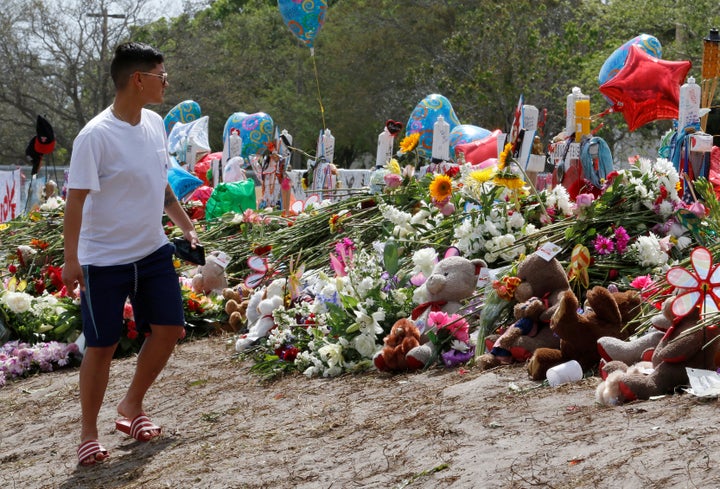
A common refrain among gun owners is that the culprits of gun violence aren’t responsible, legal gun owners, but criminals with illegal weapons.
Illegal firearms are indeed a piece of America’s gun violence epidemic. But new research suggests that many legal gun owners aren’t as responsible as they claim.
The new study, published in the journal Pediatrics last month, found that as many as 44 percent of homes with children also had firearms. In those homes with guns, only 35 percent of parents or caretakers stored the weapons according to American Academy of Pediatrics recommendations that they be unloaded and locked in a safe. The gun storage responses were similar, regardless of whether a child in the home had a mental illness, such as depression, which is a risk factor for suicide.
“Parents may really misjudge or discount their child’s underlying risk,” said Dr. Matthew Miller, study author and professor at Northeastern University, as well as an adjunct professor of epidemiology at the Harvard T.H. Chan School of Public Health. “They have too much confidence in the instructions they’ve given their kids or how they’ve hidden their gun.”

It’s not a negligible risk. Suicide was the second-leading cause of death for kids ages 10 to 17 in 2015, according to the U.S. Centers for Disease Control and Prevention. And firearms are a particularly deadly suicide method, which explains why, for children in this age group, 40 percent of suicides involved guns. The CDC said 633 children died in suicides involving firearms in 2016, and 53 kids were killed in accidental or unintended firearm incidents.
Republican politicians, the National Rifle Association and gun companies push the message that a firearm in the home keeps Americans safe. But scientific research doesn’t support this messaging.
Instead, studies show that that a gun in the home creates more risk than benefit, and drives up occupants’ chances for firearm accidents, suicide and intimate-partner homicide. Moreover, an analysis of 16 gun violence studies found that adolescents are at the greatest risk for suicide.
Though the Feb. 14 mass shooting at a high school in Parkland, Florida, has rightly garnered national attention and public sympathy, firearm suicide is a bigger threat to kids than mass shooting. While about 600 kids die by firearm suicide annually, 176 children and teenagers have been killed in mass shootings since 1966, according to The Washington Post.
“This is a day-in and day-out problem in our country,” Dr. David Wesson said of gun violence.
Wesson, a pediatric surgeon at Texas Children’s Hospital not affiliated with the new study, treats children with gunshot wounds regularly. (Wesson said he’s more likely to treat kids caught in crossfire than suicide cases, in part because many kids who attempt suicide with a gun die before they reach the ER, and because nonfatal gunshot wounds are so common. The CDC recorded 6,473 nonfatal gunshot wounds in children ages 10 to 17 in 2015.)
“Incidents [like Parkland] that involved large number of fatalities are newsworthy, but just a small fraction of people who are harmed and killed every year,” Wesson said.
If you or someone you know needs help, call 1-800-273-8255 for the National Suicide Prevention Lifeline. You can also text HELLO to 741-741 for free, 24-hour support from the Crisis Text Line. Outside of the U.S., please visit the International Association for Suicide Prevention for a database of resources.
